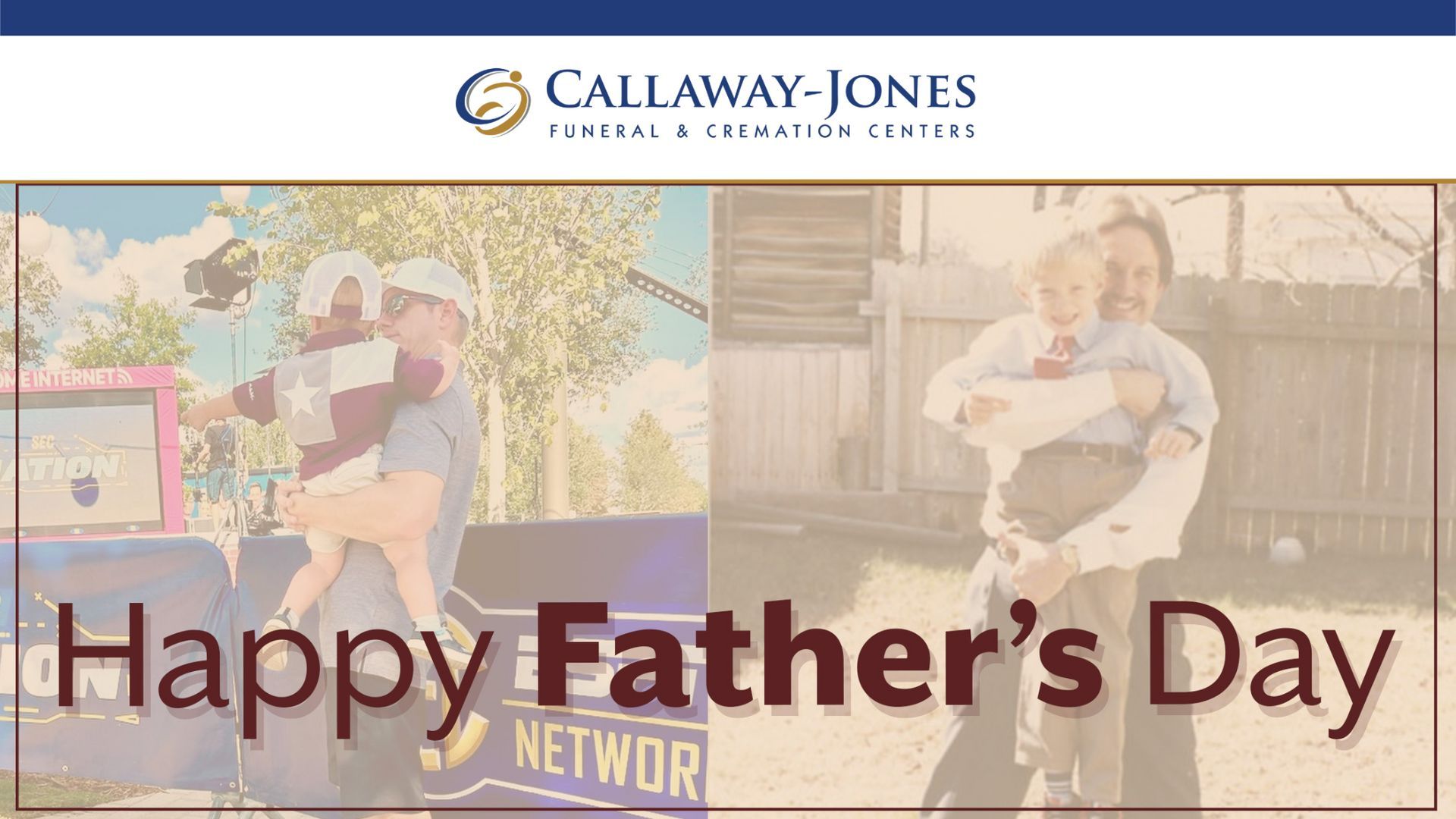What Black History Month Means to All of Us in the Brazos Valley
Since 1986, the arrival of February 1 each year means the remembrance of Black History Month, established by Congress passing Public Law 99-244, that year marking “the beginning of the sixtieth annual public and private salute to Black History.” Originally a celebration that was one-month-long, the focus on study and scholarship of African American history is worthy of a full month.
When you survey the Brazos Valley, one of the first places to learn about the accomplishments of our residents is the Brazos Valley African American Museum. Thanks to a partnership with Optimum Internet, admission to the BVAAM is free. Located is fitting as it is at 500 E. Pruitt Street, named for Mell Pruitt and her husband Dr. Willie Pruitt, names well known to all of us. That very site had once been “one of the original black schools in the Brazos Valley.” Since its opening in July 2006, the museum had only one curator, O. Wayne Sadberry, Jr., Texas A&M Class of 1971, who passed away in January 2022. Today, Barry K. Davis, Texas A&M Class of 1976 holds that position today and his wife, Mildred, is the current Chair of the Museum. For the month of February, admission is Free to all patrons thanks to the donation of a generous patron.
As another Black History Month celebration event, on Wednesday, Feb. 22, at 1pm at the Mounce Library in Bryan, Paula King-Harper, president of the Wilson Pottery Foundation in Seguin, TX, will “ share the history of the Wilson family and H. Wilson and Co. Pottery, the first African American-owned business in Texas.” Check it out. You’ll be glad you did!
The museum is hosting its 22 nd annual Appreciation Banquet on February 25 at 6pm at the College Station Hilton, where Jason Cornelius will moderate the evening many community leaders will be honored for all they have done for our city, state, or beyond. This event is the primary fundraiser for the museum each year. Tickets are available at the Museum and online.
Although February is Black History month, it’s valuable to visit the African American Museum regularly, as they have a rotating exhibit devoted to families that have been in Bryan and Brazos County for several generations. Those participating have opened up long-ago scrapbooks and shared autobiographies that their family historians have penned so that our area youth, especially, can see their forefathers who made key contributions to the community over the decades.
The importance of history cannot be overemphasized. There’s an excellent online resource from 2022 that the City of Bryan posted, “Celebrating Black History Month in Bryan.” In preparing the 150 th Anniversary of Incorporation of the City of Bryan, several outstanding online resources were prepared and shared.
Fortunately, key interviews were obtained from the late O. Wayne Sadberry, Jr., founding curator of the African American Museum and son of O. W. Sadberry, Sr., who taught at the Rosenwald School for rural African Americans. Checking out the video of Wayne Sadberry sharing the educational journey that his father inspired for so many area children to be able to attend (and pay for) college is inspirational.
How poignant it is that while Mr. Sadberry Jr. organized, together with community leader George Vaults and 250 key citizens, an effort to see Bryan’s new intermediate school named for his father, he died 5 weeks before the announcement was made. How fortuitous to have audio, video, and transcripts of the facts he was willing to share, as he’d studied and lived them firsthand here for years.
There are additional interviews of great interest: Bryan native and award-winning photojournalist Sunny Nash talks about breaking the segregation barrier at the Bryan Public Library as well as City of Bryan historian Randy Haynes about Bryan’s first Black Police Officer, Levi Neal, who was killed “in the line of duty,” also poignantly, 123 years ago, on February 24, 1900.
These dates, places, monuments, and markers are the key authentic original resources that family members can share to preserve, protect, and defend our local history? How can each of us, then, make a difference to Black History Month in the Brazos Valley?
Seniors can write, preserve, record, or video their memories and anyone with a smartphone can be a part of recording that history. Think of how important it would be to you to see, hear, or read the words (especially the handwriting) of someone who lived life during the days and times you only read history books about. To understand a person’s life, you must hear their voice. In days not so long ago, the only way to preserve a voice was an handwriting. That art has always been prized and even today, children spend less time learning handwriting in schools, because they don’t need it when they are keyboarding.
And yet, history—any way you look at it—is communicating personal experiences for future generations to know, recognize, and appreciate either just how much their lives were similar or different. Every generation wants their children to have it “easier than they did,” or to have things “better than they had.”
As we proceed through Black History Month, may we be ever mindful of the appreciation we owe to generations among us now passing away, and work to preserve our Black history here in the Brazos Valley.
Cody D. Jones ’02
Owner & Community Member










